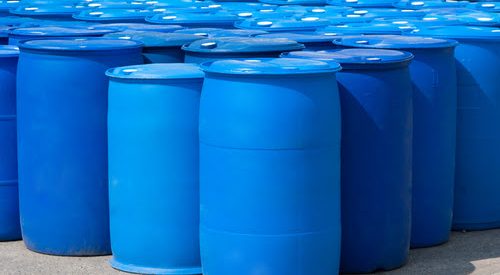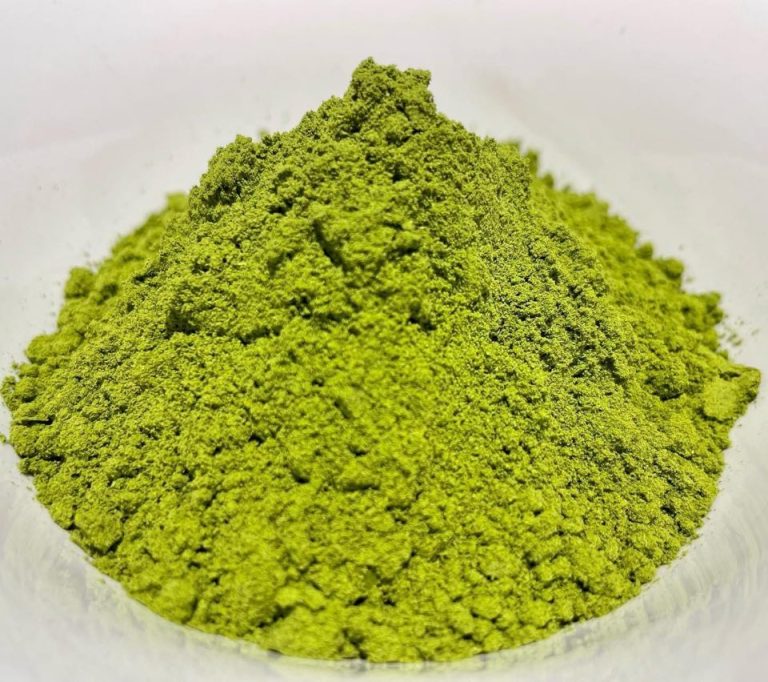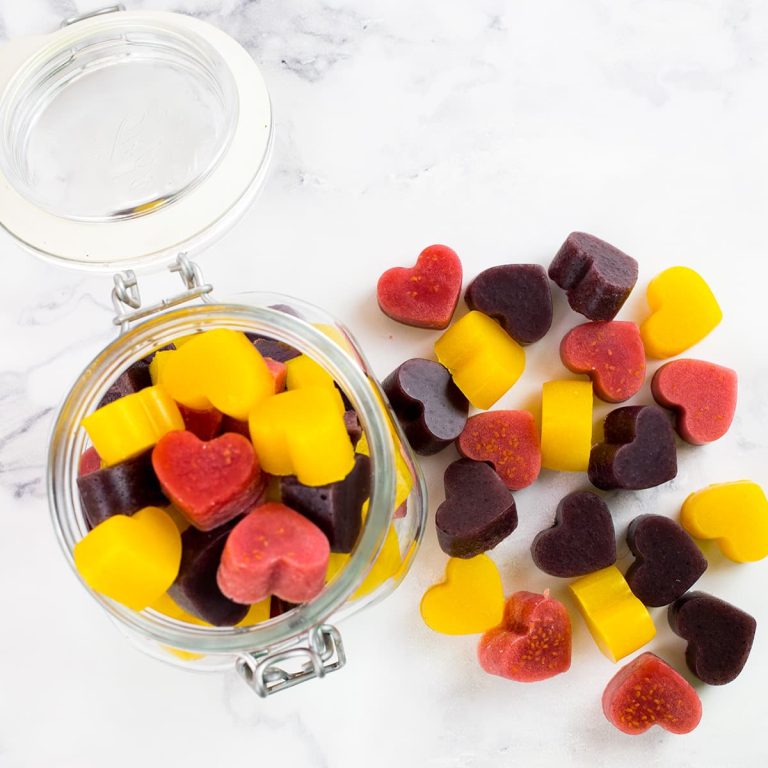Plastic barrels are a type of container that is used to store and transport liquids. They are typically made from a durable plastic material and have a cylindrical shape.Plastic barrels are used in different industries to store, transport, and package liquids such as water, wine, oil, chemicals, etc. In the food industry, plastic barrels are often used to transport cooking oils because they do not break down easily.
What are the plastic barrels used for?
Plastic barrels are used to transport and store products. They come in different shapes and sizes. Different kinds of barrels can be used for different kinds of products, such as petroleum and chemicals.A plastic barrel is a container made out of plastic that is used to store and transport goods. They come in various shapes, sizes, and colors, depending on the product they are meant to carry. Petroleum barrels are usually black or brown with a metal lid, while chemical barrels are blue or green, which have a matte finish with oval logos printed on the side.
What are the materials used in the making of a plastic barrel?
The materials used in making plastic barrels depend on the type of plastic barrel being manufactured. For example, a container or a tank is typically made from a single material. In contrast, a drum is often made from many different materials to achieve certain qualities such as durability and lightweight.Plastic barrels are made of polyethylene terephthalate or polyethylene naphthalate, which are both types of plastics.
To make a barrel, the raw material is first melted and then molded into the desired shape. For plastic barrels, the molten plastic is put into a mold shaped like a barrel and cooled until it has formed into that shape. The mold can be metal or made from a softer material to make it easier to remove the barrel from the mold when it is finished cooling.Once they have been molded, the plastic barrels go through a process called finishing. This process involves adding any color or logos to the outside of the barrel and sealing its inside so that liquids cannot seep out from inside through small holes in its surface.












